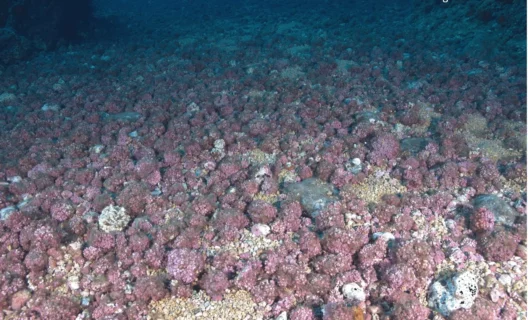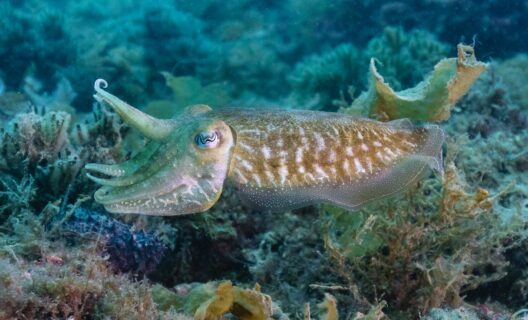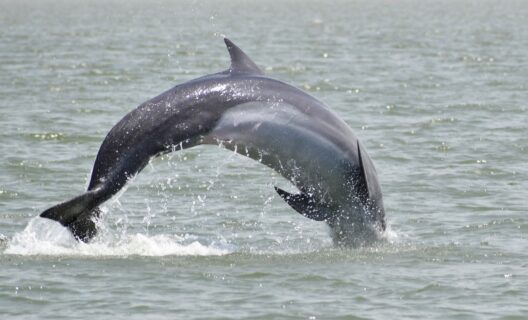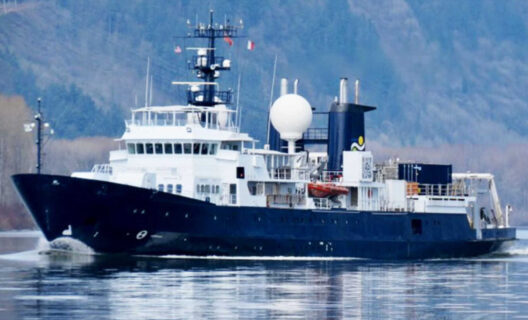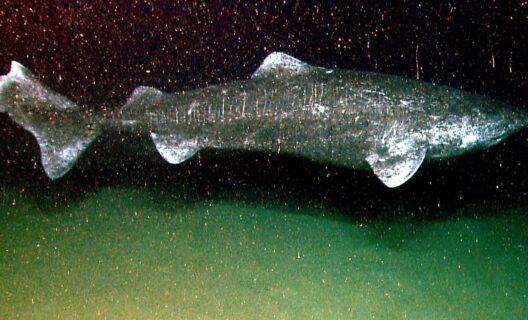

Reading time
0 min
International team discovers the true extent of the Messinian Salinity Crisis
A study published in Science reopens a cold case of the oldest, and through a multidisciplinary approach rewrites the history of Mediterranean biodiversity.
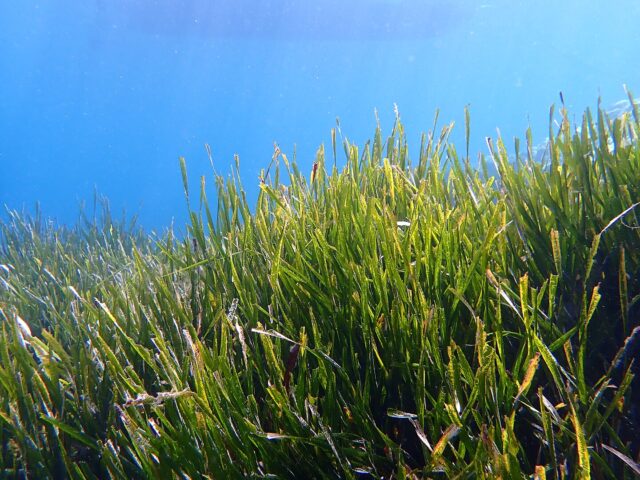
"This study demonstrates the importance of synergy between researchers from different disciplines"
Angelo Camerlenghi, researcher at the National Institute of Oceanography and Experimental Geophysics – OGS
A catastrophic event: the Messinian Salinity Crisis.
As the research, in which 25 institutes across Europe took part (including the National Institute of Oceanography and Experimental Geophysics – OGS and the University of Florence), explains, it all began with the Messinian Salinity Crisis, a shocking geological event that, between 6 and 5.5 million years ago, saw the closure of the Strait of Gibraltar, the isolation of the Mediterranean Sea from the Atlantic Ocean, and from here on a series of events that radically transformed the landscape and the organisms that inhabited it.
The closure of the strait caused intense evaporation of the waters of the Mediterranean; the evaporation in turn caused a drastic lowering of the sea level, until it almost completely dried up; the lowering of the waters, for its part, caused a huge deposit of salts (including gypsum, anhydrite and rock salt). This formed a “salt giant,” on average one kilometer thick, which had a devastating impact on the Mediterranean’s marine biodiversity.
""
The investigation, starting with the fossil
The new research sheds light on those remote events, which the researchers reconstructed from the creation of a database with 22,932 fossil occurrences of 4,897 marine species from different locations in the Mediterranean.
Analysis of these fossils, which date from between the Tortonian (11.63-7.25 million years ago) and the Zanclean (5.33-3.6 million years ago), has enabled scientists to quantify species richness before, during and after the Crisis, and to understand the true extent of its impact.
""
Quantifying a disaster and recovery time
The study, specifically, found that the salt giant and temperature fluctuations resulted in an extremely hostile environment for most marine organisms: only 11 percent of Mediterranean endemic species managed to survive the new hypersaline environment.
Analyses also show that the disappearance of so many species led to a profound restructuring of marine ecosystems, and the recovery of biodiversity took much longer than previously thought. After reconnecting with the Atlantic, the Mediterranean needed at least 1.7 million years to reestablish favorable environmental conditions and see its waters recolonized bit by bit.
Finally, the Messinian Salinity Crisis left another important legacy: it is to be attributed to that era, scientists claim, that proceeding from the west (i.e., from where the Strait of Gibraltar reopened) to the east, the number of marine species progressively decreased.
“This study,” concluded Angelo Camerlenghi, researcher at the National Institute of Oceanography and Experimental Geophysics – OGS, “demonstrates the importance of synergy between researchers from different disciplines. Based on the geological and geophysical investigations, it was possible to identify the event size of the Messinian salinity crisis, which allowed paleontologists and paleoecologists to quantify the resilience of biological species to an environmental perturbation at the scale of the entire Mediterranean Sea.”
The journey goes on
Every story paves the way for the next: discover where biodiversity takes you


